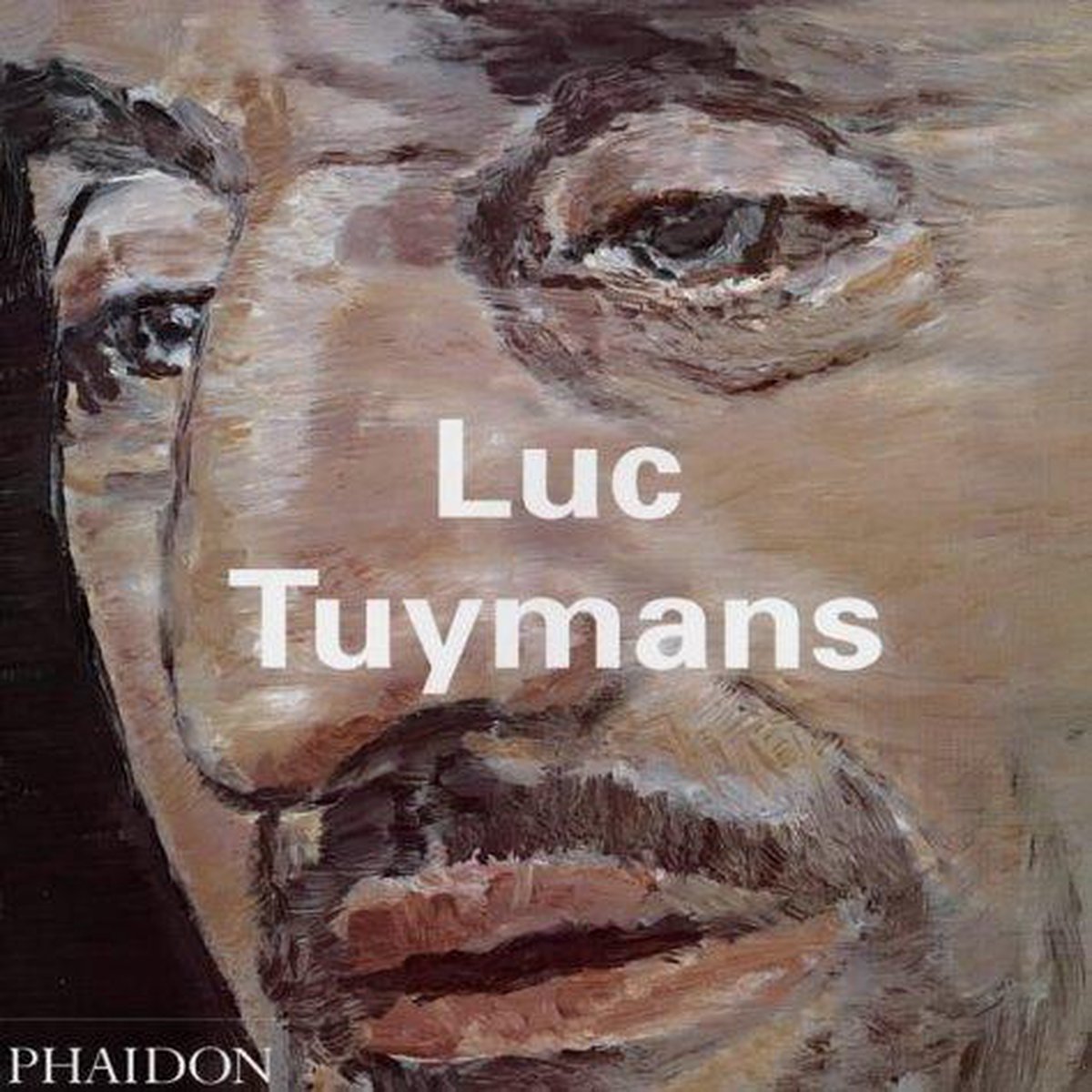Luc Tuymans
revised & expanded edition
Maak tweedehands je eerste keus
- Tot en met 29 september 4=3 op alles
- Alle boeken zijn met de hand gecontroleerd
- 30 dagen retourgarantie
- Gratis verzending vanaf 4 boeken of 40 euro
- Op werkdagen voor 15:00 besteld, dezelfde dag verzonden
4=3 actie
Sorry, niet op voorraad
ISBN
9780714842981
Bindwijze
Paperback
Taal
Engels
Auteur
Uitgeverij
Phaidon Press Ltd
Jaar van uitgifte
2003
Aantal pagina’s
260
Waar gaat het over?
Lees verder
Recensies

